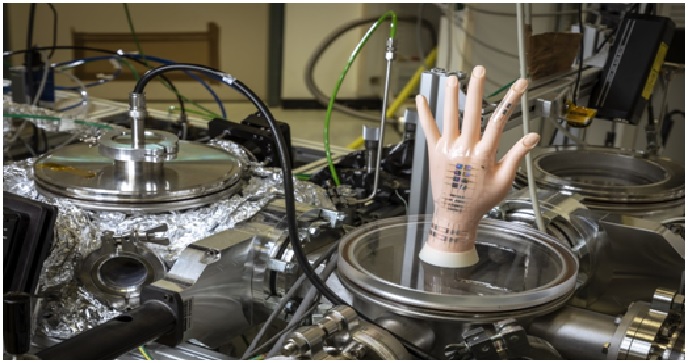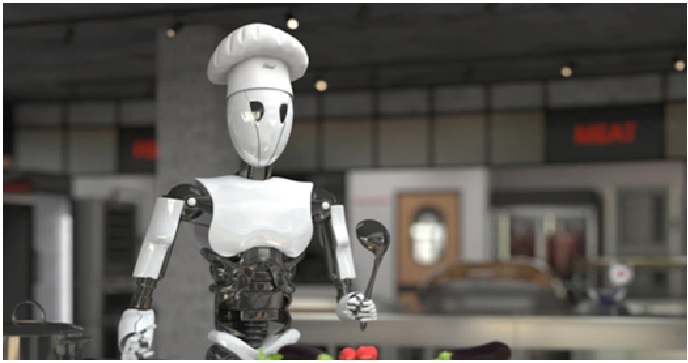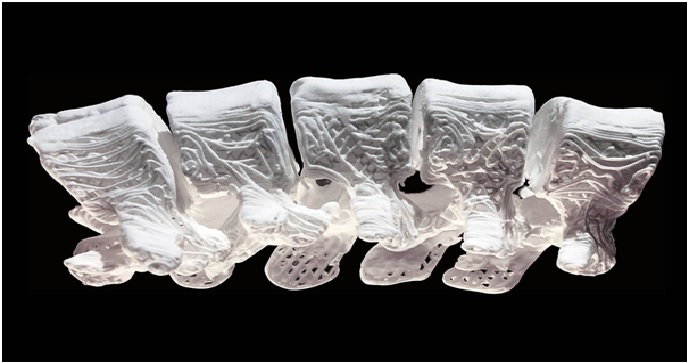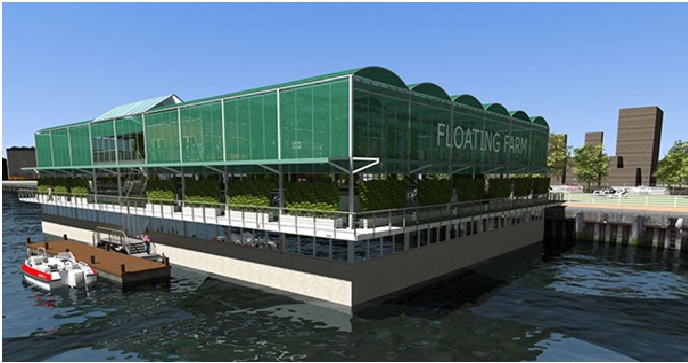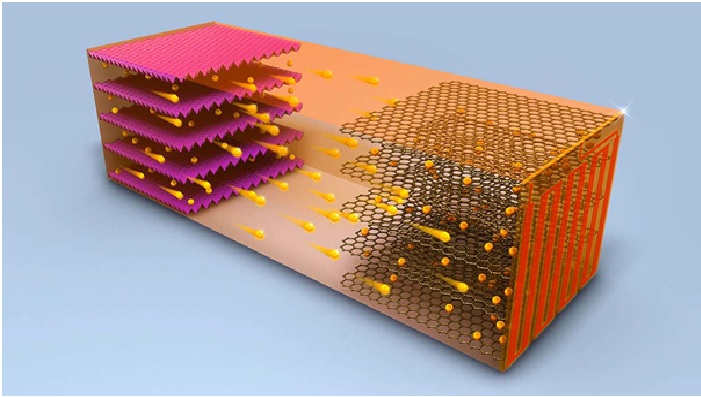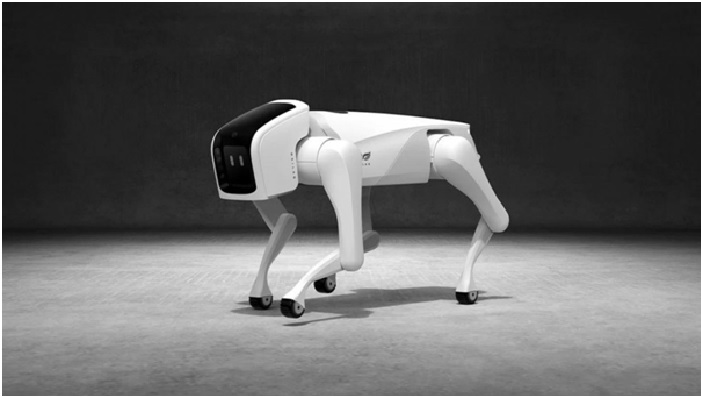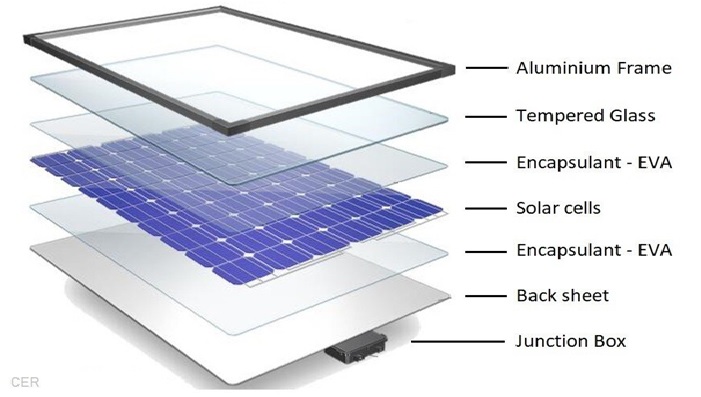The Wearable Robotics: Exoskeleton
Exoskeleton, rigid or articulated envelope that supports and protects the soft tissues of certain animals. The term includes the calcareous housings of sessile invertebrates such as clams but is most commonly applied to the chitinous integument of arthropods, [1] such as insects, spiders, and crustaceans. The wearable exoskeletons is shown in figure 1.
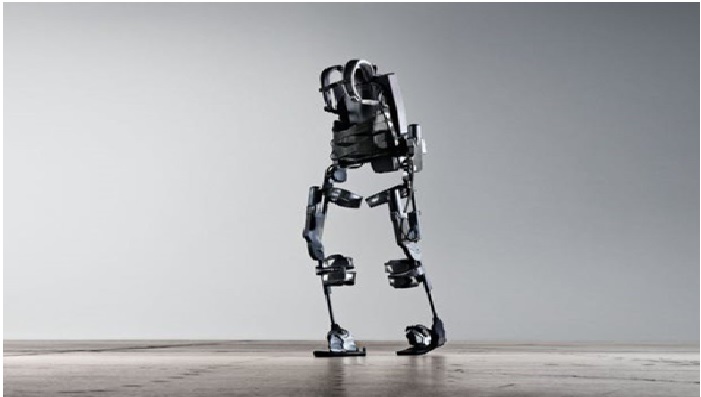
Figure 1. The Wearable Exoskeleton [2]
The arthropod exoskeleton, formed from the epidermis, is composed of an outer waxy, water-resistant layer over chitinous horny and flexible layers. In terrestrial species this covering has small breathing holes (spiracles). By preventing dehydration the exoskeleton has allowed arthropods, especially insects, to invade most terrestrial habitats. The flexible joints in the exoskeleton of creatures such as the lobster allow great freedom of movement. An exoskeleton does not grow; it must be molted regularly and a new one secreted, at which time the animal is soft and vulnerable to both predators and environmental changes.
The field of exoskeleton systems is continuously evolving and re-inventing itself, so it is still difficult to create a singular definition. [3] In general:
- Exoskeletons are wearable devices that work in tandem with the user. The opposite of an exoskeleton device would be an autonomous robot that works instead of the operator.
- Exoskeletons are placed on the user’s body and act as amplifiers that augment, reinforce or restore human performance. The opposite would be a mechanical prosthetic, such as a robotic arm or leg that replaces the original body part.
- Exoskeletons can be made out of rigid materials such as metal or carbon fiber, or they can be made entirely out of soft and elastic parts.
- Exoskeletons can be powered and equipped with sensors and actuators, or they can be entirely passive. Exoskeletons can be mobile or fixed/suspended (usually for rehabilitation or teleoperation).
- Exoskeletons can cover the entire body, just the upper or lower extremities, or even a specific body segment such as the ankle or the hip.
Exoskeleton technologies can bring new capabilities to fighting forces and improve endurance and safety in industrial settings. Lockheed Martin continues refinement of next-generation industrial products with our primary focus on powered exoskeletons. Lockheed Martin’s new powered lower-body exoskeleton, ONYX, has demonstrated its ability to increase mobility and reduce fatigue of its users. By reducing the effort in walking and climbing, this technology can literally help soldiers and first responders go the extra mile while carrying mission-essential equipment.
ONYX has been designed to provide strength and endurance to the soldiers, [4] workers, and first responders who must perform strenuous tasks in difficult environments:
- Enhances strength and endurance to carry taxing loads over distance
- Enables better handling and support for heavy weapons
- Reduces metabolic cost of transport to improve endurance and reduce fatigue
- Increases ability to traverse stairs, inclines, and rough terrain, especially with load
- Reduces stress on leg muscles
- Guides orthopedic alignment to help evenly distribute weight and maintain skeletal system alignment to avoid overstress and pressure injuries.
References:
- https://www.britannica.com/science/exoskeleton-anatomy
- https://industryeurope.com/sectors/technology-innovation/exoskeletons-will-transform-manufacturing/
- https://exoskeletonreport.com/what-is-an-exoskeleton/
- https://www.lockheedmartin.com/en-us/products/exoskeleton-technologies/military.html
Cite this article:
Vinotha D (2022), The Wearable Robotics: Exoskeleton, AnaTechMaz, pp.101


